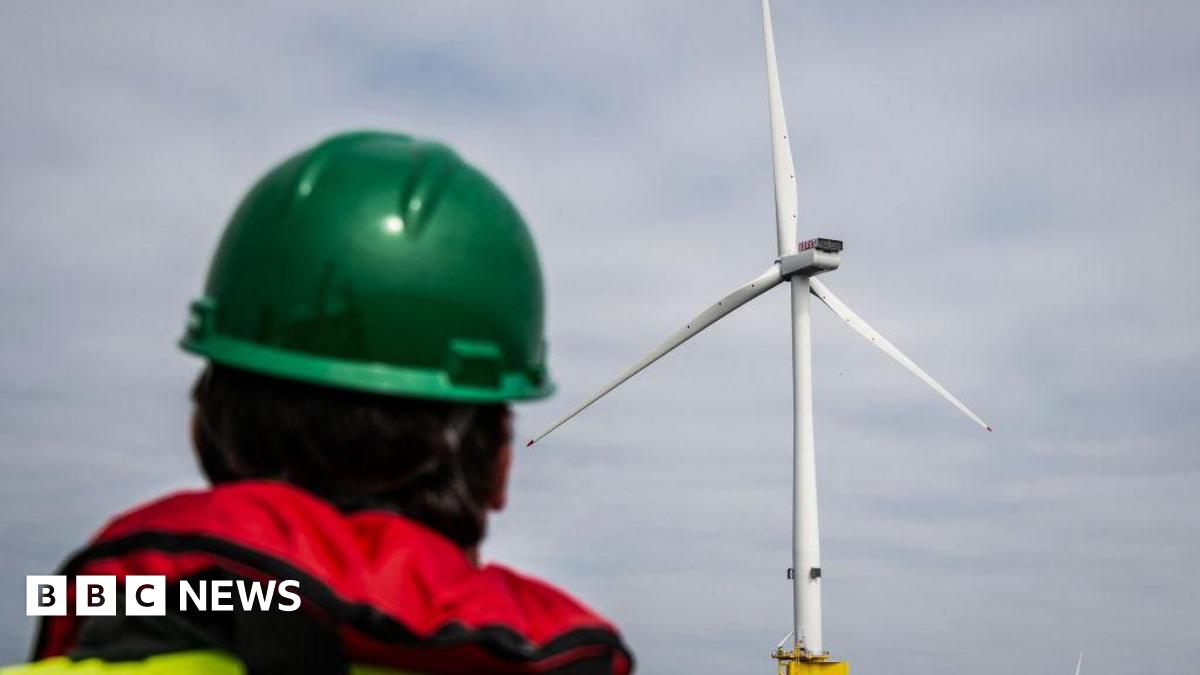CNN reported that European security officials observed Russian Navy support ships nearby where the leaks later occurred on 26 and 27 September. One week prior, Russian submarines were also observed nearby.
[92]
In September 2022, the former head of Germany's
Federal Intelligence Service (BND), Gerhard Schindler, alleged that Russia sabotaged the gas pipelines to justify their halting of gas supplies prior to the explosion and said Russia's "halt in gas supplies can now be justified simply by pointing to the defective pipelines, without having to advance alleged turbine problems or other unconvincing arguments for breaking supply contracts.”
[93]
Finland's national public broadcasting company
Yle compared the incident to the
two explosions on a gas pipeline in
North Ossetia in January 2006, which were caused by remote-controlled military-grade charges.
[94] The explosions halted Russian gas supply to Georgia after the country had
started seeking NATO membership.
[94]
In December 2022,
The Washington Post reported that after months of investigation, there was so far no conclusive evidence that Russia was behind the attack, and numerous European and US officials privately say that Russia may not be to blame after all. Others who still consider Russia a prime suspect said positively attributing the attack — to any country — may be impossible.
[95]
On 25 March 2023
T-Online reported on Russian naval activity near the Nord Steam pipelines just a few days before the explosions. On 19 September the Russian Baltic Fleet began maneuvers involving vessels and
313th Spetsnaz Special Forces frogmen out of the
Baltiysk naval base. On 21 September the
SS-750 salvage ship, which is designed for specialized underwater operations and able to launch the AS-26
Priz-class mini-submarine left Baltiysk with its
AIS inactive. Analysis of satellite imagery and AIS-data indicate that the following day
SS-750 was operating in the area together with five other Russian naval vessels including the rescue tugs
SB-123 and
Alexander Frolov that are capable of lowering into the sea objects weighing hundreds of kilograms such as mines and other explosive devices.
[96] Also in March the Danish and the Norwegian engineering newspapers
Ingeniøren and
Teknisk Ukeblad cited a named
lieutenant commander of the Danish navy and analyst at the
Royal Danish Defence College for reasoning that the sabotage used several hundreds of kilograms of explosives likely in the form of a
naval bottom mine with 500 kilograms (1,100 lb) of explosives.
[97][98] T-Online additionally reported that on 22 September when the six Russian navy ships were operating in the area a Danish navy patrol boat and Swedish navy and air force were also present.
[96]

 www.gq.com
www.gq.com


























